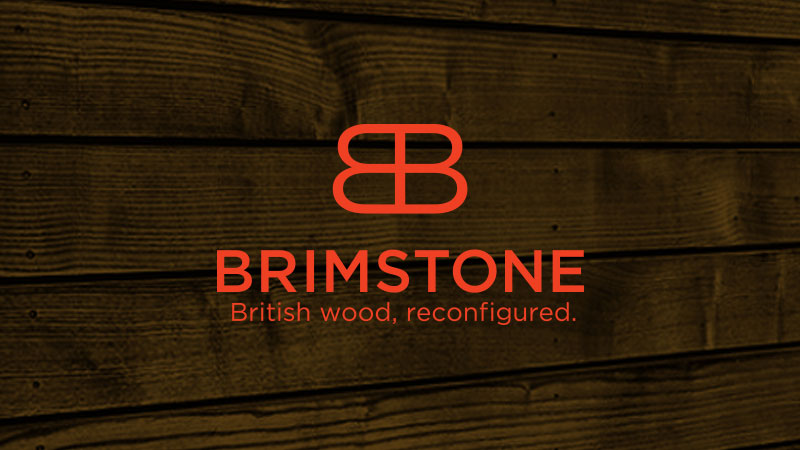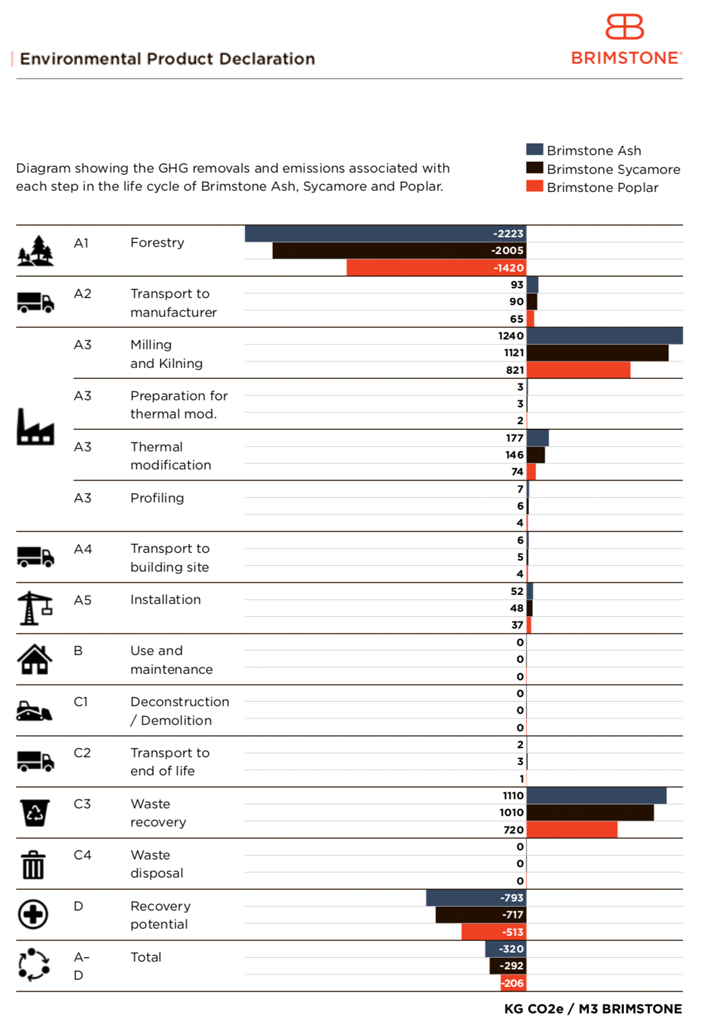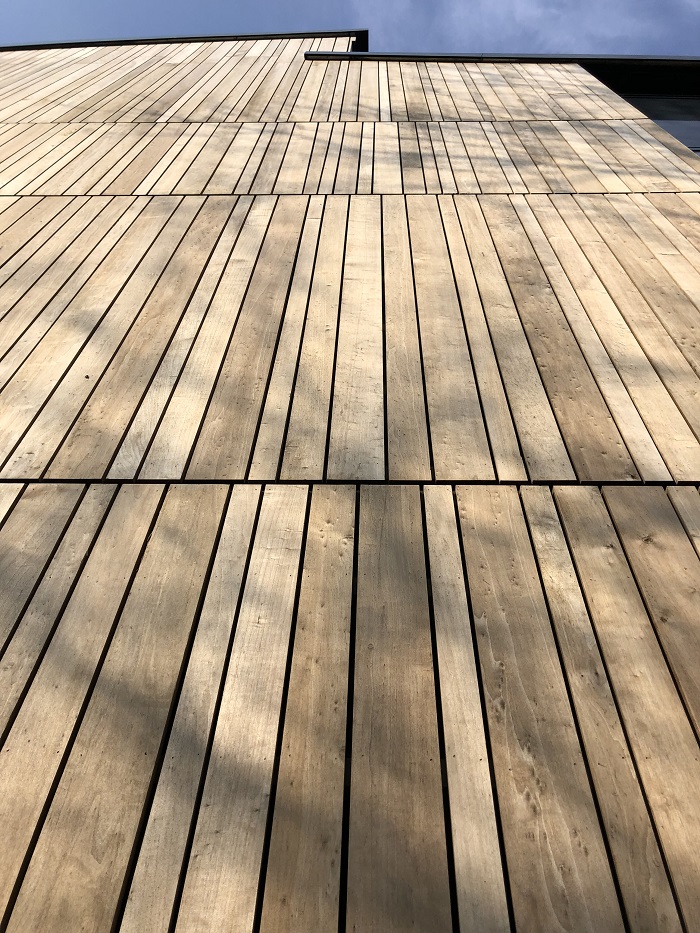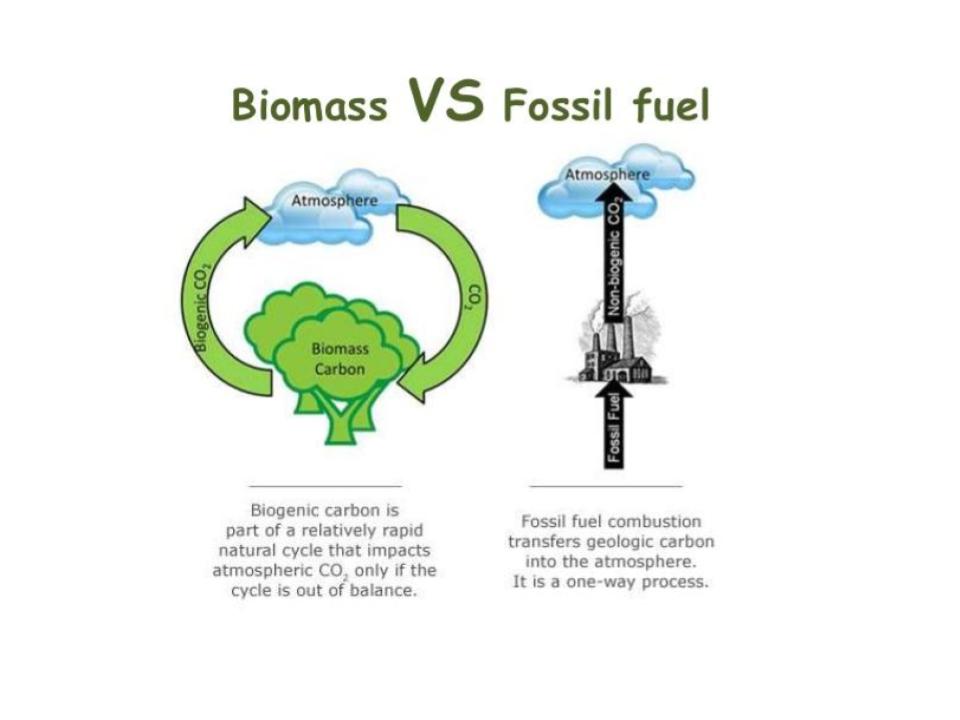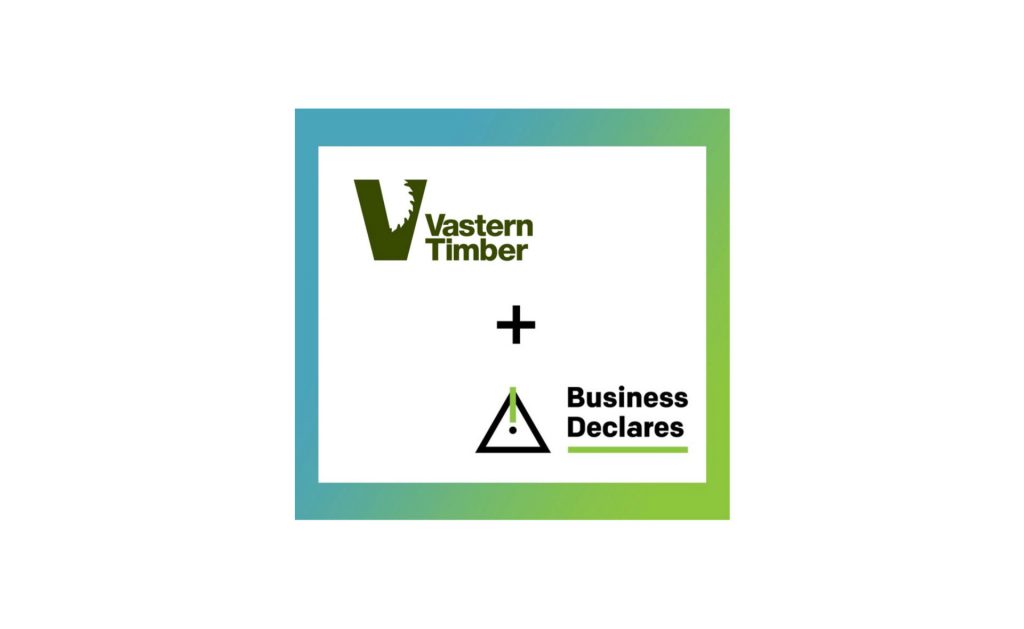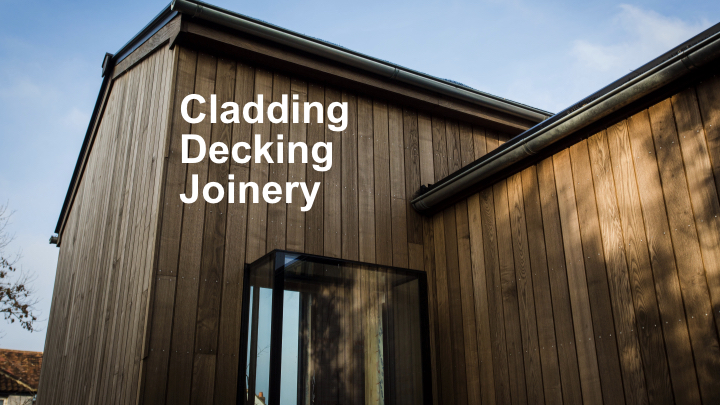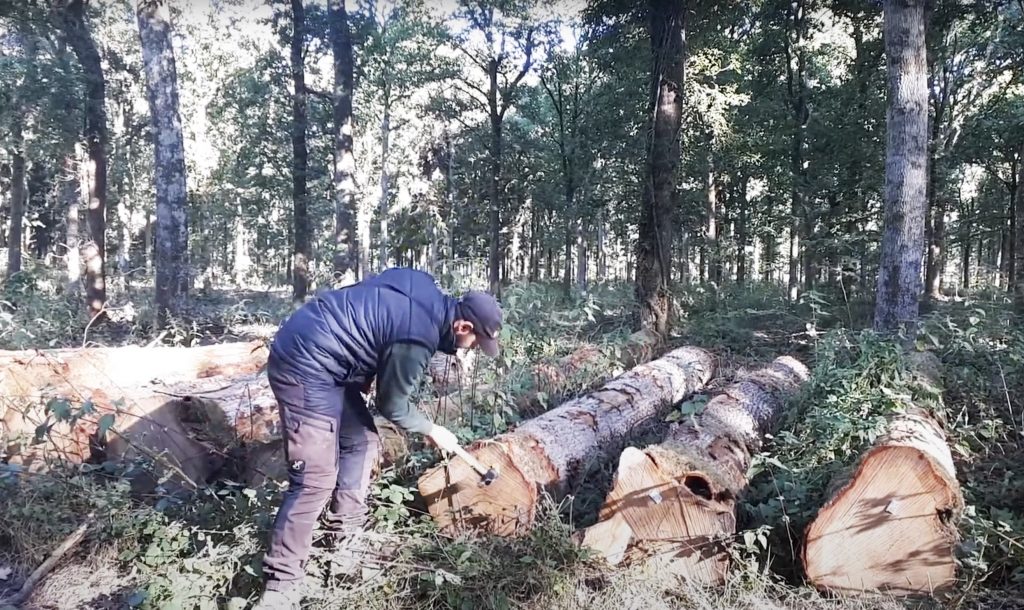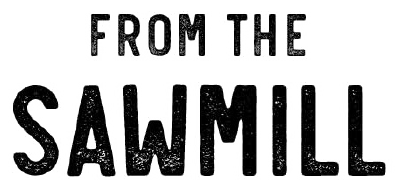November 21, 2019
Brimstone Environmental Product Declaration: key information
Last month we published the Environmental Product Declaration (EPD) for Brimstone on our website. It is now officially registered and published in the International EPD® System: S-P-01718 Brimstone cladding and decking boards
*Please note that an update and further information was added to this page in 2022
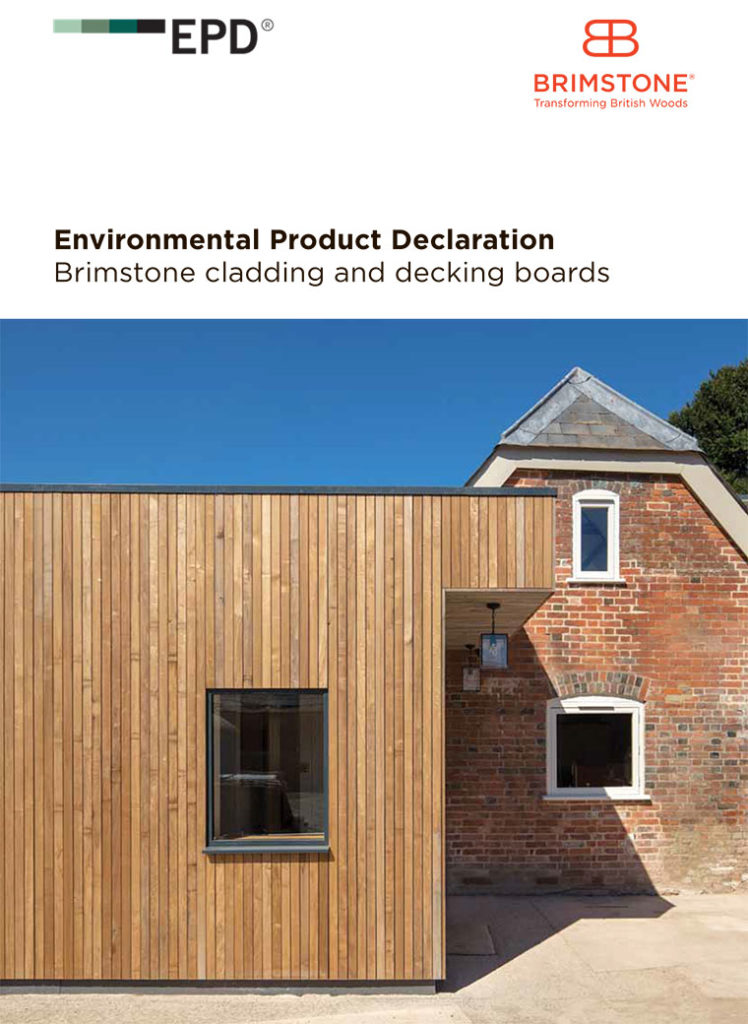
The Brimstone EPD was produced by sustainability consultants thinkstep.
Architects, designers and specifiers anywhere in the world can now access and use this data to help them model – and mitigate – the carbon costs of building plans. Brimstone’s EPD can be compared with other cladding and decking options on a like-for-like basis.
The full EPD document can be downloaded from our resource centre or by clicking the link below,
We are sharing some of the key points and figures from the document below. We’ve also commented on how much we’ve learned in the process of producing this EPD, and on how we intend to develop and improve Brimstone manufacturing processes in light of this information.
We think the real value in the EPD comes from using the data to identify where improvements can be made.
What is Brimstone?
Brimstone is a range of thermally modified British hardwoods manufactured and supplied by Vastern Timber.
It is an innovative and award-winning homegrown product and we’re quite proud of it.
To produce Brimstone, we take fast-grown British hardwoods and apply intense heat to spark a transformation. It is a chemical free process that rapidly reconfigures the cell structure of the wood, creating a more durable, stable and consistent material.
Brimstone cladding is responsibly sourced from British grown trees, and so it also helps to keep our own native flora and fauna thriving by supporting responsible forest management. Brimstone is available in three versions, Brimstone ash, Brimstone poplar and Brimstone sycamore, all of which are sourced from GIB accredited woodlands in England and Wales
Modelling the life-cycle
To produce this EPD our friends at thinkstep asked us lots of questions and for lots of numbers so they could model the life-cycle of Brimstone, all the way from the sapling to the eventual disposal of the product at the end of it’s useful life. We didn’t know many of the numbers and we had to set about finding or calculating them and some assumptions were made along the way.
The important thing, however, is that thinkstep consistently followed EN standards EN ISO 14044:2006 and EN15804:2012 to ensure that the analysis of Brimstone was rigorous and could be compared on a like-for-like basis with other product EPD’s.
EPD Summary
The figure below shows a detailed breakdown of the Green House Gas (GHG) removals and emissions over the life cycle of the Brimstone boards.
Figure 1
Environmental Product Declaration: Interpretation by thinkstep
“During forest growth a large amount of carbon is sequestered in the wood of the trees used to make the Brimstone products. Ash, sycamore and poplar differ in density so the amount of carbon sequestered per m3 varies depending on the species, with ash, the densest, storing the most and poplar, the lightest, storing the least. This difference in density also explains the variation in the carbon footprint results for other stages in the product life cycle seen for the different wood specie.
Much of the carbon sequestered during tree growth remains contained within the Brimstone product, but offcuts and wood chips generated during the manufacturing process are used as fuel for the kiln, where the sequestered carbon is released as carbon dioxide back to the atmosphere. Overall, the use of biomass fuel is carbon neutral as the emissions are balanced by the uptake. Electricity is used in the milling and kilning process, which does contribute some fossil GHG emissions.
The thermal modification process uses less energy than is needed for wood drying and so has smaller GHG emissions. However, this is all fuelled by natural gas, a fossil resource and so these emissions are not offset by carbon uptake from forestry.
Transport associated with bringing cut lumber to the mill is noticeable but other transport steps are relatively insignificant in the context of the full life cycle. Likewise, emissions associated with other wood processing activities, such as preparation for thermal modification and profiling, are also small.
The other major GHG emissions occur at the end of life stage, and are related to the use of the Brimstone boards as renewable secondary fuel. As with the wood chips used in the kiln, these emissions are off- setting the carbon uptake that occurred during forestry at the start of the life cycle, and so do not result in a net increase in GHG emissions.
By generating this renewable secondary fuel at end of life additional potential benefits can be achieved by substituting for fossil fuels that would otherwise be used. These potential benefits are reported in module D and assume that they replace energy from natural gas. If dirtier fuels, such as coal, were substituted, the potential benefits would be even greater.”
Thanks to thinkstep for their expert analysis, quoted above.
Brimstone Cladding on the Wood Centre for Innovation, Oxford
Our comments on what we’ve learned so far…
The process of commissioning and completing the life cycle analysis for the Brimstone cladding Environmental Product Declaration has been fascinating. We have learned a great deal about carbon cycles and carbon sequestration, fossil carbon and biogenic carbon, and what ‘carbon positive’ does and doesn’t mean in practice.
Understanding the carbon cycle: Biogenic Carbon and Fossil Carbon
The biggest insight came once we understood the difference between Biogenic Carbon and Fossil Carbon. Peter at thinkstep patiently explained that Biogenic carbon emissions are those related to the natural carbon cycle.
Trees absorb CO2 as they grow and then release it back when they die and decompose or burn. This cycle is considered to be neutral and balanced.
The imbalance occurs when old carbon is introduced in the form of fossil fuels and products such as oil and coal. The carbon emissions that are produced from these sources are called Fossil carbon and the experts believe that these are the cause of global warming and climate change.
Figure 2
This distinction becomes important when we consider the burning of wood waste during the production process and at the end of the products’ useful life. The question is often asked ‘how is burning wood better than burning coal or gas?’ The answer – it turns out – is that wood is part of the neutral biogenic carbon cycle, whereas coal and gas are not – and these produce extra fossil based carbon emissions adding to the levels of atmospheric carbon.
This explains the negative recovery potential in section D of Figure 1. By burning waste wood instead of coal or gas we release biogenic carbon but we prevent the release of fossil carbon emissions thereby creating a benefit.
The real benefit of lifecycle analysis
The more we learn, the more questions we have about what we really mean by renewable materials and sustainable systems. We’re learning that a product itself can’t really be ‘sustainable’ or ‘renewable’ in a meaningful way.
To understand these much overused terms we have to consider the whole system.
To understand the true impact of a product we must consider its extraction, renewal, production, transport, use and disposal.
And this what a life-cycle analysis aims to do.
Identifying improvements and planning for the future
We now understand that the final carbon emission number is not necessarily the most important piece of information. Obviously it makes us happy that as a wood product, the number is negative but the real value comes from using the data to identify where improvements can be made.
We will in due course be producing another version of Figure 1 that separates the Biogenic Carbon and the Fossil carbon emissions. With this we can start to hone in on ways to reduce the fossil emissions.
For instance, we plan to eradicate transport to the modification plant by having it here on site before the end of 2020. We plan to power the plant by electricity rather than gas, with as much as the weather will allow from solar power and we plan to buy the remaining electricity from renewable sources.
Lessons learned and next steps
We also learned that the process of producing the EPD is complicated and produces very complicated data.
On both fronts it could do with some simplification. We are not convinced that the data is user friendly or that it makes the comparison of products particularly easy. If the use of carbon data is to become mainstream, it’s clarity and presentation will have to be improved.
We also found a neat circularity in the fact that Brimstone timber is durable for up to 60 years, and this is roughly the time it takes to grow a new tree that could replace the old timber cladding at the end of its life. Perhaps that old Brimstone cladding could even heat the kiln that thermally modifies its replacement.
We’ll be sharing more information on this blog in the coming months, and the Brimstone EPD is available to download at our resource centre.
2022 Update!
We installed a thermal modification plant at our Wiltshire sawmill last year, and recently processed our 100th batch of Brimstone in the UK. We are implementing plans to install solar panels at the Brimstone site and will move to using 100% renewable energy to produce Brimstone as soon as we possibly can.
Vastern Timber has joined ‘Business Declares,’ the growing group of businesses acting on climate change, and published a ‘manifesto’ outlining our plans to reduce waste and emissions and improve our positive impact on the environment. We are also funding a range of projects to help UK forests thrive. And our MD Tom is producing a series about the future of UK forests youtube.com/@woodforthetrees
We have published a breakdown of the Environmental Product Declaration that includes a breakdown of the biogenic and fossil carbon. Vastern Timber MD Tom Barnes recently presented this info at the Architects Climate Action Network Masterclass on specifying and using local timber.
The EPD for Brimstone is due for an update in a couple of years, and we are working hard on action plans to reduce the carbon emissions and improve the positive impact of Brimstone, our thermally-modified local timber.


